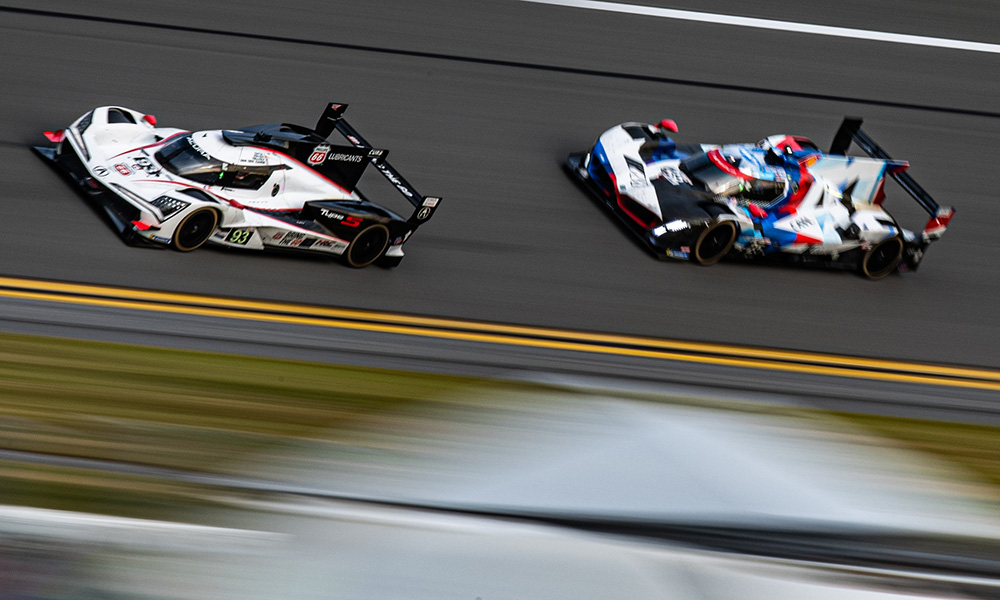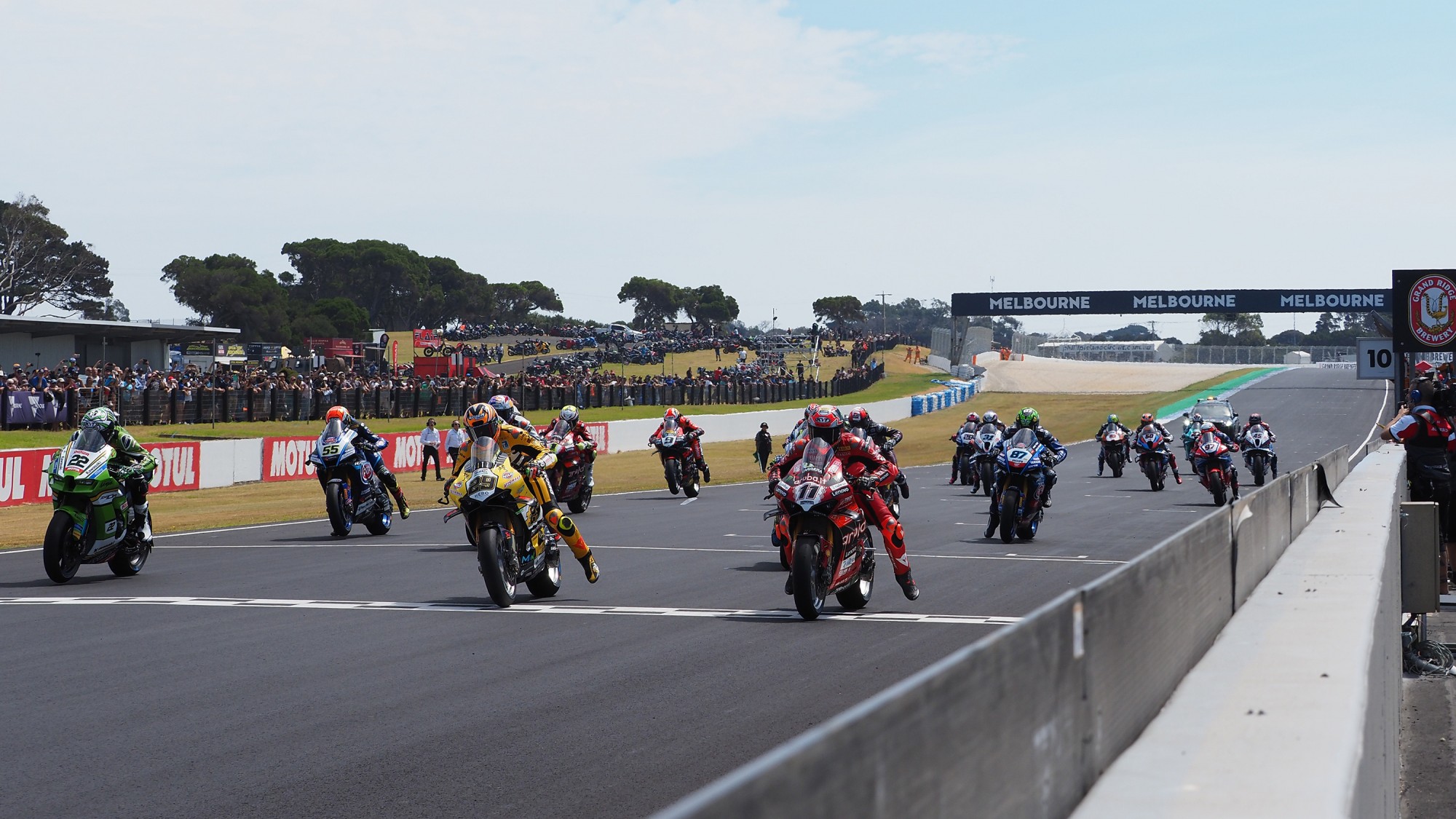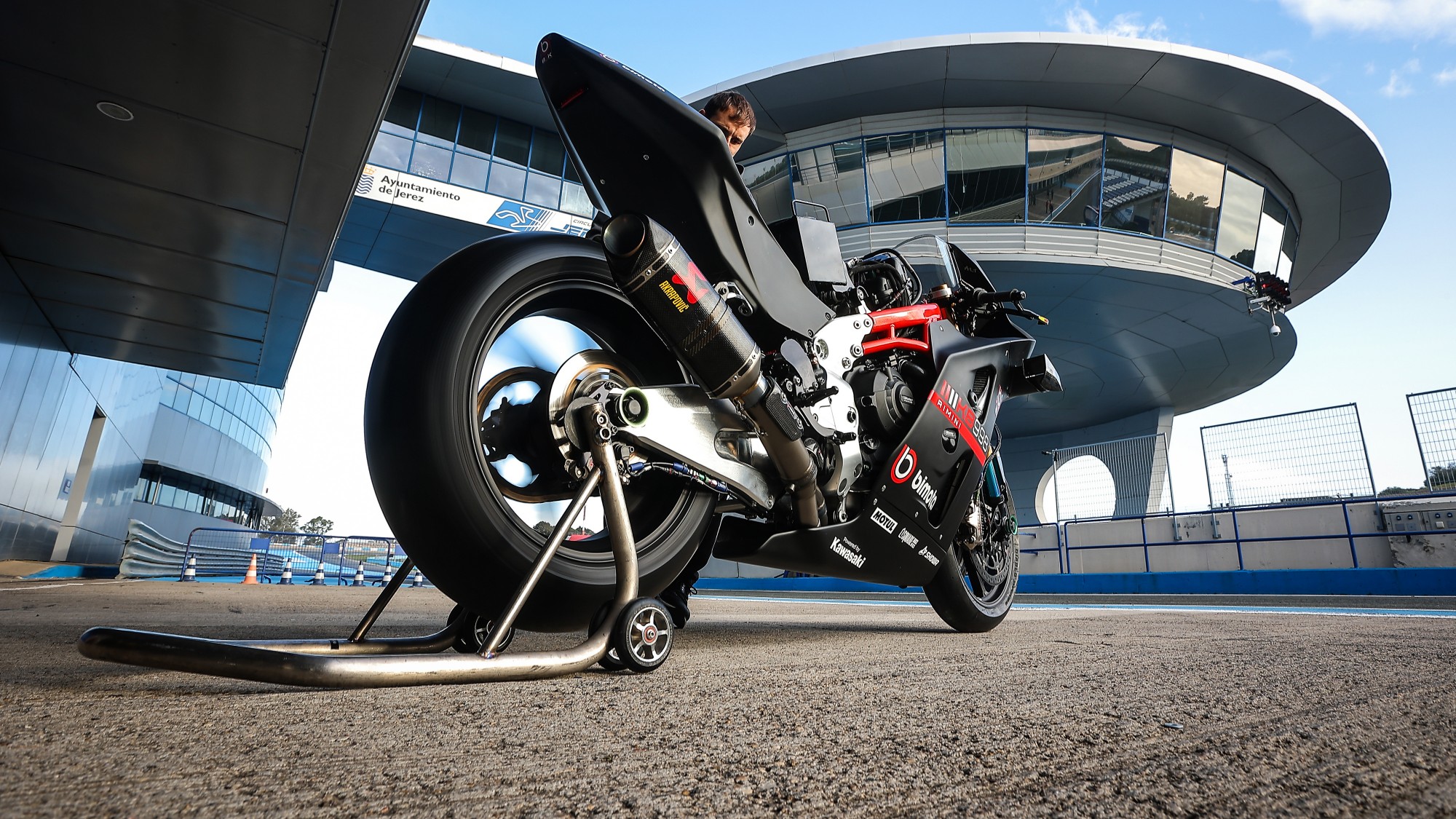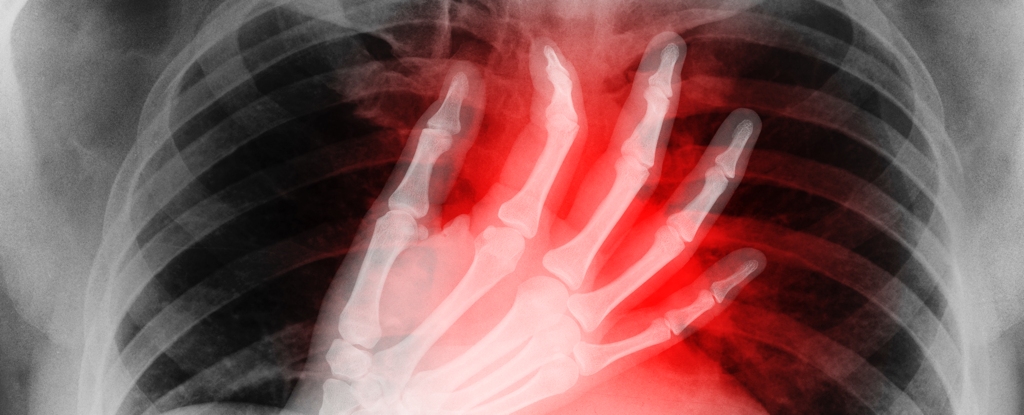Kurdock: Two-Stage BoP ‘Opens Up Possibilities’ for IMSA
IMSA technical boss Matt Kurdock on IMSA's implementation of two-stage BoP...


Photo: Brandon Badraoui/IMSA
The integration of two-stage Balance of Performance for both the GTP and GT classes ‘opens up possibilities’ for further BoP refinement according to IMSA’s managing director of engineering Matt Kurdock.
The sanctioning body rolled out with the expanded BoP parameters during last weekend’s Roar Before the Rolex 24, where speed thresholds were established for GTP (230 km/h) and GTD Pro/GTD (190 km/h) for the two-stage BoP.
Cars either have an increase or decrease in their base power levels at speeds over the prescribed threshold, which is expected to change from track to track.
A similar two-stage system was used in the FIA World Endurance Championship last year but under the name ‘power gain.’
“I think that’s opened up some new possibilities for us this year in how to balance the cars,” Kurdock told Sportscar365.
“The advantage of using two-stage power is that we can have one power curve for lower speeds on the race track and another power curve for higher speeds on the race track.
“That allows us to take cars that have different characteristics, different capabilities of putting the power down coming out of a corner, cars with different aerodynamic performance.
“There’s a wide array [of cars] in GTD and GTD Pro. The two-stage power allows us to better fine tune the performance characteristics of the car, in an attempt to equalize not only lap time but how the cars are achieving the lap time.
“We’re trying to close down the straight line performance that we see.
“We’ve shown over the years that there’s a capability of balancing lap time and there’s a capability of balancing straight line performance but achieving both has always been quite difficult, especially when there’s such a wide array of vehicle platforms that we see in GT3 cars.”
Kurdock said he expects the system to be more beneficial in the GT categories, due to the platform’s wide variety of engine configurations and minimum weights.
While having the possibility to adjust the speed thresholds on a per car model basis, Kurdock said they hope to keep it the same class-wide, at least for the time being.
“Our goal is to try and keep it as simple as we can,” he explained. “We understand that it is complex to begin with.
“We expect to have to change the speed thresholds as we go from circuit to circuit. For Daytona, it’s 190 km/h for GTD and GTD Pro and 230 km/h is the threshold for GTP. As we go through the calendar…
“When you get to Laguna Seca, those thresholds probably won’t be as effective anymore.
“We expect to have to move those. The goal is to try to keep that equivalent for all cars within the class. But there’s certainly the capability of changing those thresholds should we need to.
“What IMSA is doing behind the scenes is that we’re having to run simulations on all these different possibilities.
“Simulating the two-stage power is a complex thing.
“Having to then find the different speed thresholds for all the different car models competing would just add another layer of complexity to our processes but it’s certainly something under consideration.”
The two-stage system is just one of the refinements from IMSA’s technical team this year, which also sees the integration of torque sensors in GTD Pro and GTD.
“It’s our goal, working with our automotive manufacturers, is to progress with what’ve got now, come away from Daytona with a notebook of what we’ve learned, what works, what doesn’t, and retain some stability in the process and refine as necessary to get through the season.
“What we don’t want to do is force a lot of development on the manufacturer side.
“If we change the regulation, even moving these [threshold] speeds around, they could have knock-on consequences with the manufacturers and we’re very sensitive to that.”
What's Your Reaction?






















































































